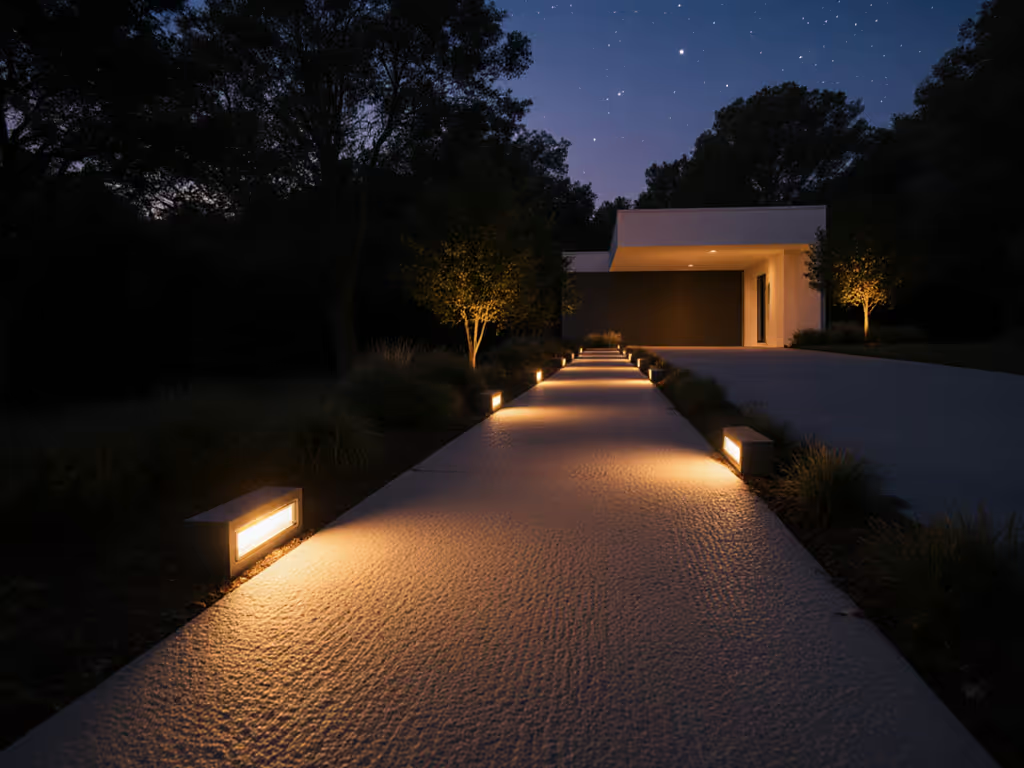
Why Is Dark Sky Friendly Lighting Important for Camping? 7 Surprising Impacts on Night Vision, Wildlife, and Your Experience
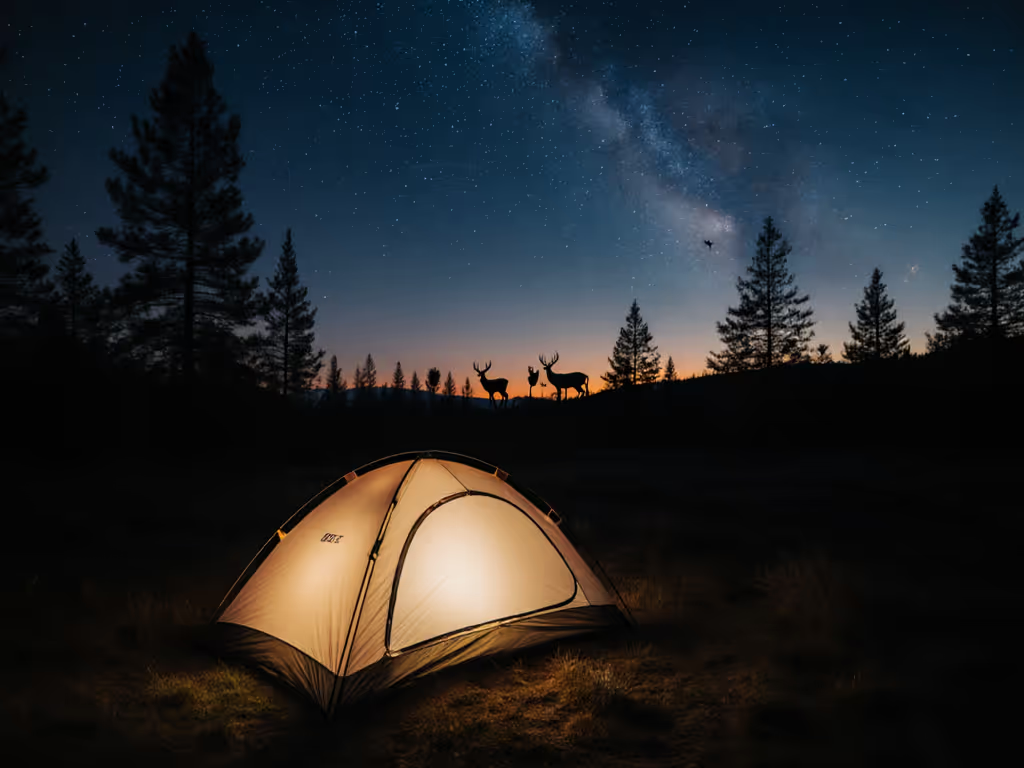
You have probably asked yourself why is dark sky friendly lighting important for camping when a simple headlamp seems to do the job. The answer reaches far beyond convenience or trendiness. Responsible light choices protect your night vision, reduce glare for your group, and let the stars shine while also safeguarding wildlife and saving battery life. In this Q and A guide, you will learn how to pick and use lights that honor the night, plus how Camp Crew Lighting’s expert reviews and guides help you build a smarter, darker, more magical campsite.
Why Is Dark Sky Friendly Lighting Important for Camping?
Dark-sky-friendly lighting means using only as much light as you need, only where you need it, and only when you need it. That simple idea dramatically improves your camping experience by preserving your natural night vision, minimizing harsh glare, and revealing a richer, calmer landscape. It also prevents wasteful skyglow, the dome of scattered light that erases faint stars and washes out the Milky Way. Research summarized by conservation groups estimates that more than 80 percent of people in North America cannot see the Milky Way from their homes, in large part due to poorly aimed or overly bright lighting, and campers can unintentionally bring that problem into wild places.
Beyond astronomy, the color and direction of your light influence birds, insects, amphibians, and nocturnal mammals. Cool-blue light scatters more in the atmosphere and disrupts circadian rhythms, while warm amber tones are less intrusive. Responsible gear also extends battery runtime, because lower brightness settings and efficient optics get the task done with fewer lumens. Camp Crew Lighting focuses on these principles in every review and how-to guide. Their guidance helps you replace guesswork with proven setups that protect your experience, your neighbors, and the night itself.
What Are the 7 Surprising Impacts on Your Night Vision, Wildlife, and Experience?
When you switch to dark-sky-friendly practices, seven less obvious benefits appear. First, your scotopic vision, the low-light mode that lets you see shapes and movement, recovers faster and stays sharper when you avoid glare and choose warm, shielded light. Second, your group communicates better because you are not blinding each other with bare bulbs or wide beams. Third, star visibility improves dramatically as stray light is reduced. Fourth, wildlife activity near camp stays more natural. Fifth, insects swarm less around amber or red sources, reducing bites and mess. Sixth, batteries last longer due to lower settings and efficient optics. For a deeper dive on power sources, see our rechargeable vs disposable battery guide. Seventh, photos and night-sky images look better with less haze and flare. The table below links each impact with the mechanism and a practical move you can make tonight.
Watch This Helpful Video
To help you better understand why is dark sky friendly lighting important for camping, we've included this informative video from The Navage Patch. It provides valuable insights and visual demonstrations that complement the written content.
| Impact | Why It Happens | What To Do |
|---|---|---|
| Sharper night vision | Reduced glare preserves rod cell sensitivity | Use warm, low-lumen, shielded lights aimed down |
| Better group comfort | No direct beam in faces; fewer hotspots | Pick headlamps with red mode and diffusers |
| Brighter stars | Less skyglow from spill light | Dim or switch off lights when not in use |
| Wildlife-friendly camp | Warm spectra and limited hours reduce disturbance | Choose amber Light Emitting Diode (LED) lanterns with timers |
| Fewer insects | Many insects are strongly attracted to blue-rich light | Use amber or red modes near cooking and dining areas |
| Longer battery life | Lower output and efficient optics use less energy | Run on low; prefer high-efficacy Light Emitting Diode (LED) gear |
| Cleaner night photos | Less haze and flare from stray light | Shield bulbs; keep lights behind the camera or off |
How Do Color, Brightness, and Beam Shape Protect Your Night Vision?
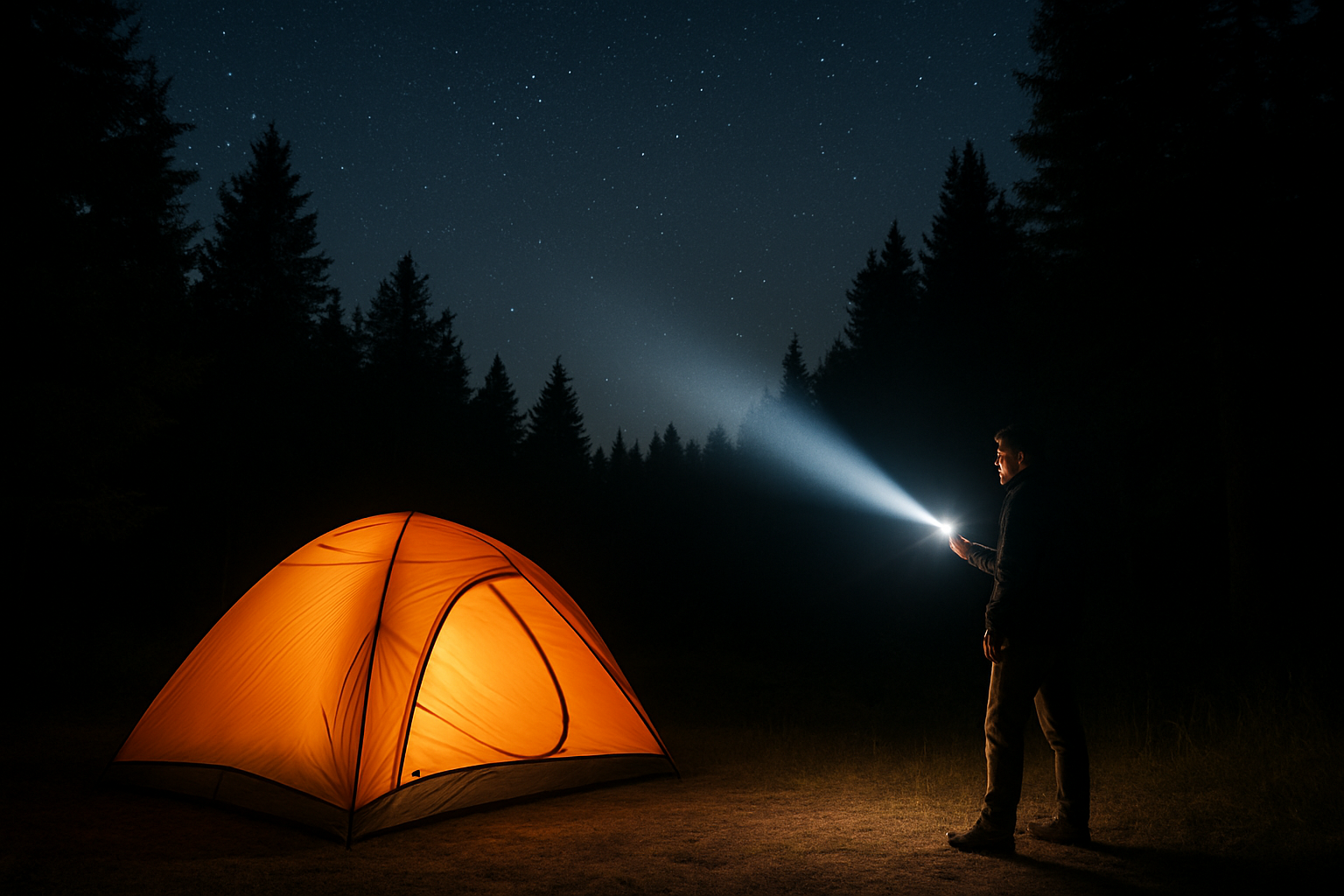
Color matters because different wavelengths affect both the atmosphere and your biology. Blue-rich light scatters widely and more easily suppresses melatonin, the hormone that signals your body it is time to rest. Warm, amber light at or below 3000 Kelvin (K) is less disruptive and still provides excellent task visibility. Brightness matters too: your eyes adapt to darkness over roughly 20 to 30 minutes, and a single burst of high output can reset that adaptation. Beam shape is the third lever, because a tightly controlled, downward beam lights your task without flooding the entire campsite.
In practice, that means choosing products with warm correlated color temperature (CCT), multiple brightness steps, and optics that limit spill. A headlamp with a red mode and a low-lumen flood keeps faces comfortable around the picnic table. A table lantern with a shade or downward hood prevents glare and stray beams. When you do need more punch for a trail or an emergency, a focused spot used briefly gets the job done without turning the forest into a stadium. Camp Crew Lighting’s head-to-head evaluations compare these details, such as lumen steps, beam angles, and actual run times, so you can match a product to your habits instead of buying on marketing numbers alone.
How Does Responsible Lighting Protect Wildlife and the Night Environment?
Nocturnal species navigate, forage, and avoid predators using natural light cues. Artificial light at night can interrupt those cues in subtle ways. Studies noted by conservation organizations report altered migration routes in birds, delayed amphibian breeding calls, and attraction of insects to cool-white lighting that disrupts local food webs. Even small camps can create micro skyglow when unshielded lights shine outward or upward. By limiting blue light and aiming light only at the ground, you keep your footprint small and let the night function as it should.
Time control is just as important as spectral control. Dimmers, motion sensors, and simple discipline reduce the hours that light is on, which compounds energy savings and environmental benefits. Estimates suggest roughly 30 percent of outdoor lighting is wasted to skyglow and glare, burning both batteries and carbon for no gain. On a group trip, imagine a diagram that shows a few warm-pool light zones for cooking and gear, with dark corridors between tents so wildlife can pass and sleepers are undisturbed. Camp Crew Lighting’s setup guides and how-to content use that exact logic, with placement diagrams and checklists you can follow in the field.
What Gear Should You Choose for a Dark-Sky-Friendly Camp Setup?
Look for lanterns, headlamps, string lights, and path markers that combine warm output, robust controls, and shielding. Specifications that matter include correlated color temperature (CCT), high efficacy Light Emitting Diode (LED) drivers, beam angle, diffuser quality, and real-world run time at low settings. If you prefer rechargeable gear, check battery capacity in milliampere hour (mAh) and charging speed, and bring a power bank sized to your trip. For wet or dusty conditions, verify the Ingress Protection (IP) rating. Not sure what those codes mean? Use our IP rating camping lights guide to match weather protection to your trip. The table below shows decision criteria by product type and highlights what Camp Crew Lighting emphasizes in its comprehensive reviews.
| Product Type | Key Dark-Sky Features | Why It Matters | Camp Crew Lighting Review Focus |
|---|---|---|---|
| Headlamp | Red mode, low-lumen floor, narrow spot + diffused flood | Prevents blinding others, preserves night vision | Mode usability, beam pattern charts, true runtime |
| Lantern | Warm 2200 to 3000 Kelvin (K), downward shade or hood | Reduces glare and skyglow at camp | Glare index, diffuser quality, dimmer smoothness |
| String lights | Amber emitters, low-brightness steps, directional clips | Ambient glow without spill into the trees | Mounting methods, cable durability, power draw |
| Path markers | Micro-lumen, shielded optics, motion activation | Safety lighting only when needed | Sensor sensitivity, footprint, battery efficiency |
| Power options | High-efficacy Light Emitting Diode (LED) loads, right-size mAh | Longer trips with less weight and waste | Measured consumption at low vs high modes |
For buyers who want a shortcut, Camp Crew Lighting also publishes curated picks by budget and activity. Ultralight backpackers can filter for compact lights with excellent low-mode efficiency. Car campers can prioritize lanterns with smooth dimming and warm emitters. Families might look for simple controls and shrouded bulbs. Festival-goers often prefer amber string lights with gentle diffusion so neighbors can sleep while the campsite still feels welcoming. This is where tailored recommendations matter, because a great product on paper can be wrong for your actual use case.
How Do You Set Up and Maintain Lighting for Maximum Comfort and Minimum Impact?
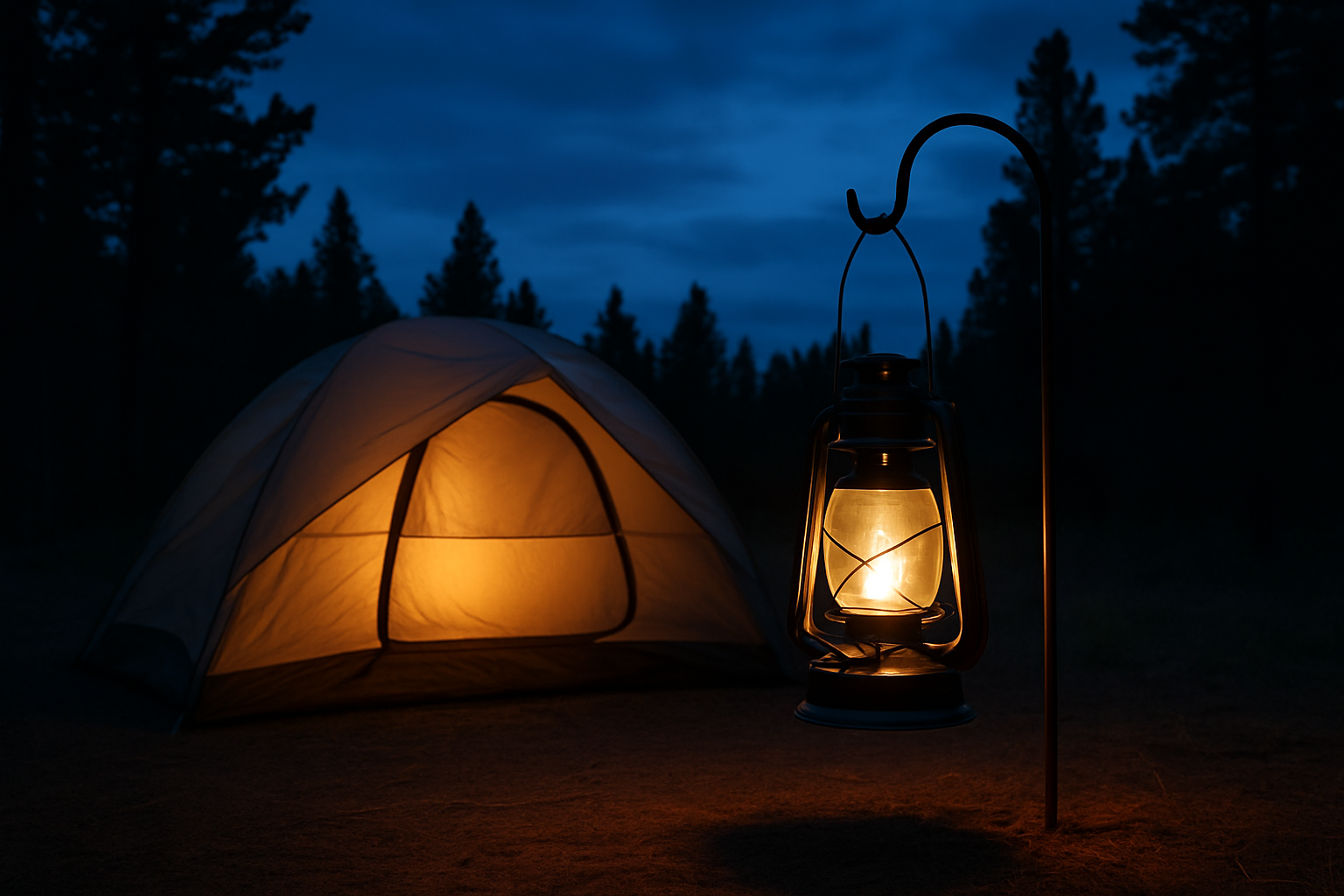
Start with a simple site plan: one warm light for the communal zone, one low marker for the cook area, and personal headlamps in red mode for moving around. Aim every light down and shield the bulb from open view with a hood, shade, or careful placement. Keep brightness at the lowest setting that safely completes the task. Then, build habits: switch to red before dusk, dim lights before bed, and turn off everything not in use. If you need a bathroom break, cup your light or point it at the ground a few feet ahead rather than sweeping the horizon.
Maintenance is more than charging batteries. Follow our battery storage and cleaning guide to keep glare low and runtime high. Wipe diffusers to remove dust that can scatter light and increase glare. Check seals if the forecast calls for rain, and store gear so switches do not get bumped on in your pack. For group trips, set a “lights out” time and agree on red-mode etiquette. Camp Crew Lighting’s step-by-step guides walk you through this, including checklists for correlated color temperature (CCT), shielding, and power planning, plus printable diagrams that show the difference between an unshielded site and a dark-sky-optimized layout. Small adjustments make a big difference when multiplied across a campground.
Why Trust Camp Crew Lighting for Reviews, Guides, and Real-World Guidance?
Camp Crew Lighting exists to solve the exact problems many campers face: traditional lighting that blows out night vision, wastes battery power, adds glare, and harms the night environment. Their comprehensive reviews of camping lighting products go past spec sheets to test beam patterns, dimming curves, and true low-mode runtimes. Their dark-sky-friendly lighting guides translate best practices into easy diagrams for solo campers, families, and large groups. Their head-to-head comparisons weigh features like red-mode accessibility, diffuser quality, and Ingress Protection (IP) durability, while curated recommendations match price points and activities. The result is guidance you can apply on your next trip, not just ideas to admire. A quick snapshot of how their services map to benefits appears below.
| Camp Crew Lighting Offering | Practical Benefit | Problem Addressed |
|---|---|---|
| Comprehensive reviews of camping lighting products | Confidence in buying gear that fits your needs | Avoid over-bright, battery-hungry lights |
| Dark-sky-friendly lighting guides | Simple plans for a comfortable, star-friendly camp | Reduce glare and skyglow |
| How-to guides on setup and maintenance | Faster setup, longer runtimes, fewer mistakes | Prevent poor placement and waste |
| Head-to-head feature evaluations | Clear tradeoffs between modes, optics, and power | Cut through marketing noise |
| Curated recommendations by budget and use | Right gear for backpacking, car camping, or festivals | Stop overspending or underperforming |
If you are still wondering why is dark sky friendly lighting important for camping, remember that better lighting is not brighter lighting. It is the right color, at the right time, in the right place. That philosophy lets you see more with less, sleep better under the stars, and leave wildlife undisturbed. With expert guidance and a few thoughtful swaps, you will feel the difference on your very next night outside.
Quick Answers to Common Questions
Q: What color light is best at camp? A: Warm amber or red light, ideally at or below 3000 Kelvin (K), because it scatters less and preserves night vision better than cool white.
Q: How bright should my lantern be? A: Most tasks are comfortable at 5 to 50 lumens when lights are well placed and shielded. Save higher settings for emergency or trail use only.
Q: Do red modes actually help? A: Yes. Red light has minimal impact on rod cells and helps you navigate without blinding others or wrecking dark adaptation.
Q: What is one easy setup tip for groups? A: Put a shaded, warm lantern at the center of camp and ask everyone to use red mode when moving around. It reduces glare and keeps conversations easy.
Q: Can better lighting really save battery? A: Absolutely. Running low modes, choosing high-efficacy Light Emitting Diode (LED) gear, and aiming light precisely can double or triple useful runtime on the same battery.
--
Your starriest nights are closer than you think. Imagine your next camp where faces are comfortable, stars feel nearer, and wildlife passes quietly through the darkness you respected. In the next 12 months, more campgrounds and festivals will ask for responsible lighting, and you will already be ready. What changes will you make tonight now that you know why is dark sky friendly lighting important for camping?
Additional Resources
Explore these authoritative resources to dive deeper into why is dark sky friendly lighting important for camping.
Discover Better Night Camps with Camp Crew Lighting Reviews
Camp Crew Lighting guides campers, outdoor enthusiasts, and festival-goers with comprehensive reviews that preserve night skies, cut glare, extend battery life, and elevate trips through tailored, dark-sky-friendly recommendations.
Related Articles

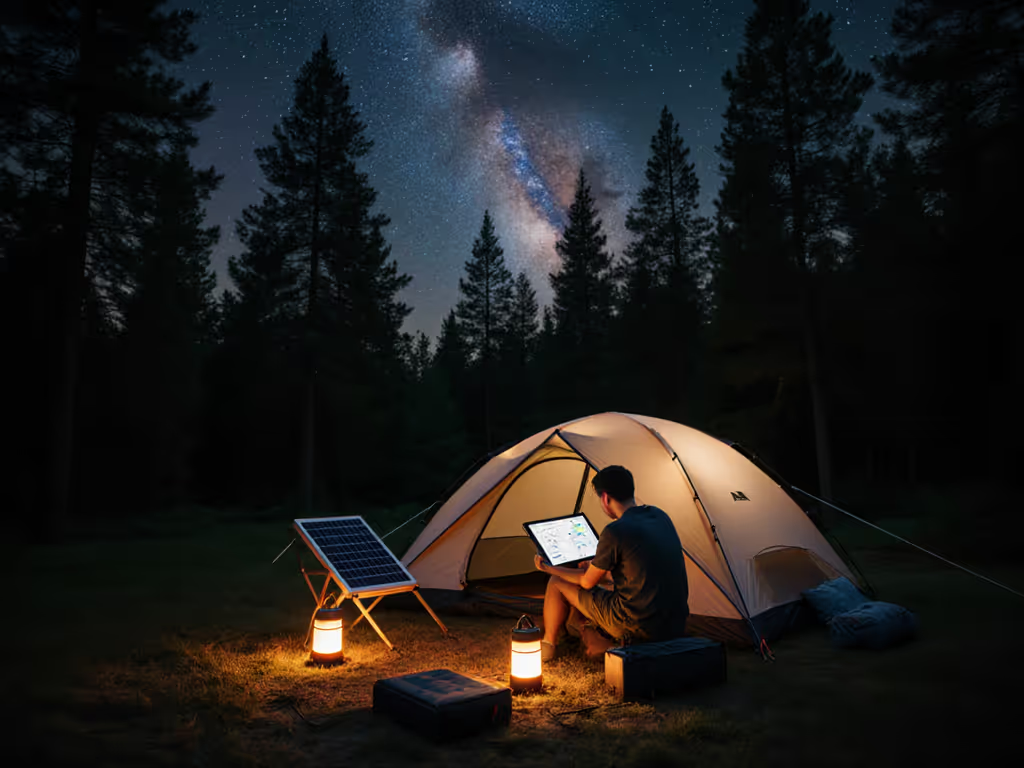
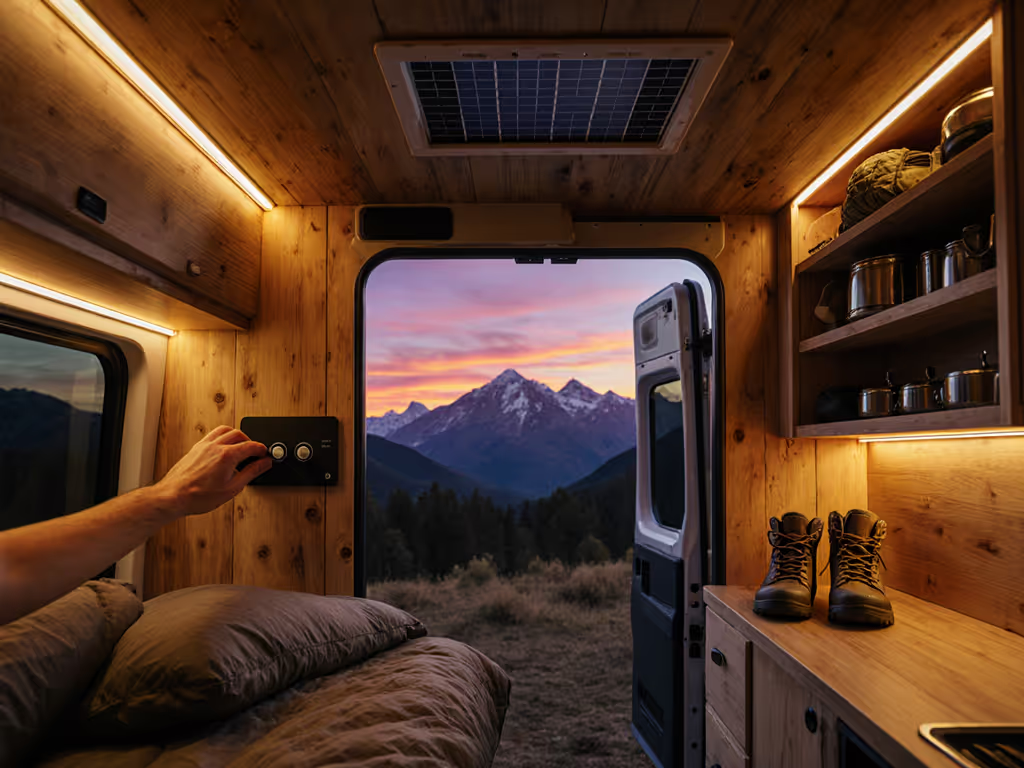
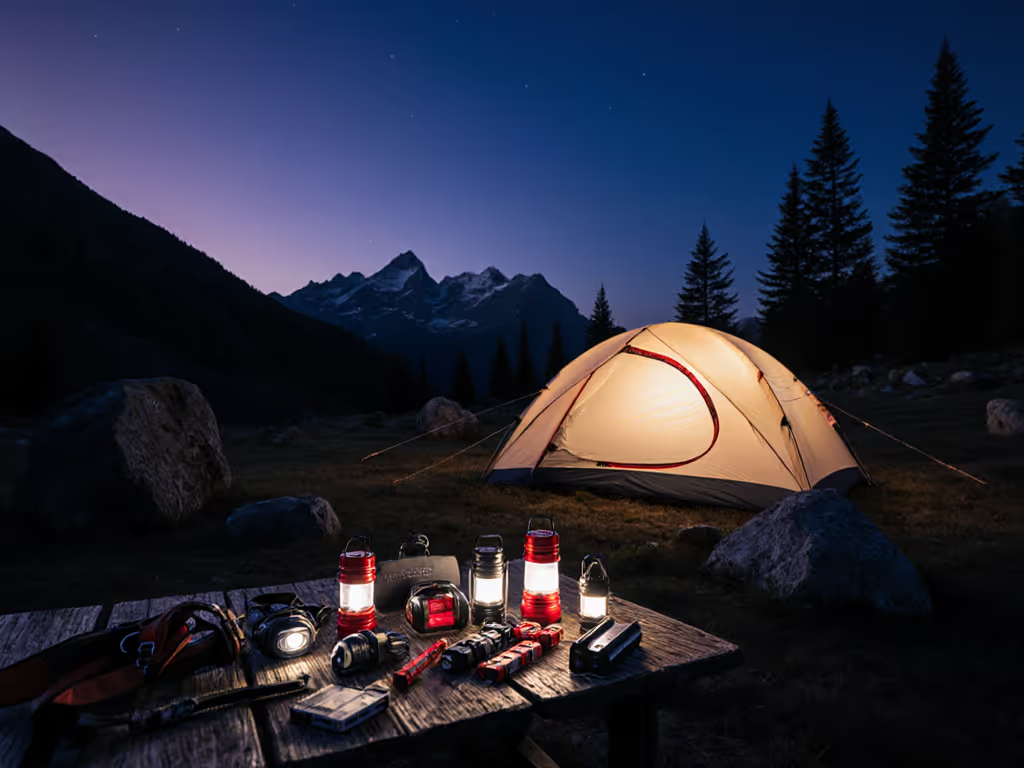
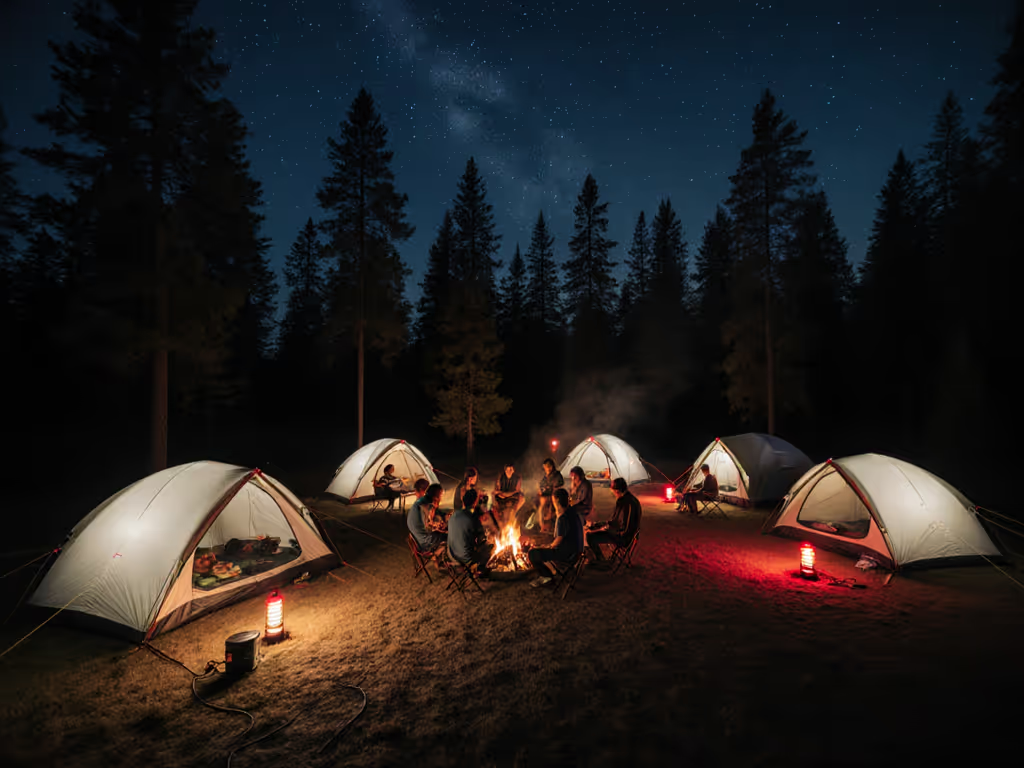
Large Group Camp Lighting: Power, Zones, and Safety for 10+
Create a zoned camp lighting plan that balances social, task, and path areas to preserve night vision, cut glare, and respect dark skies. Get clear specs and power tactics - CRI, warm CCT, beam control, and standardized charging - to keep groups of 10+ safe and powered without wasting batteries.
